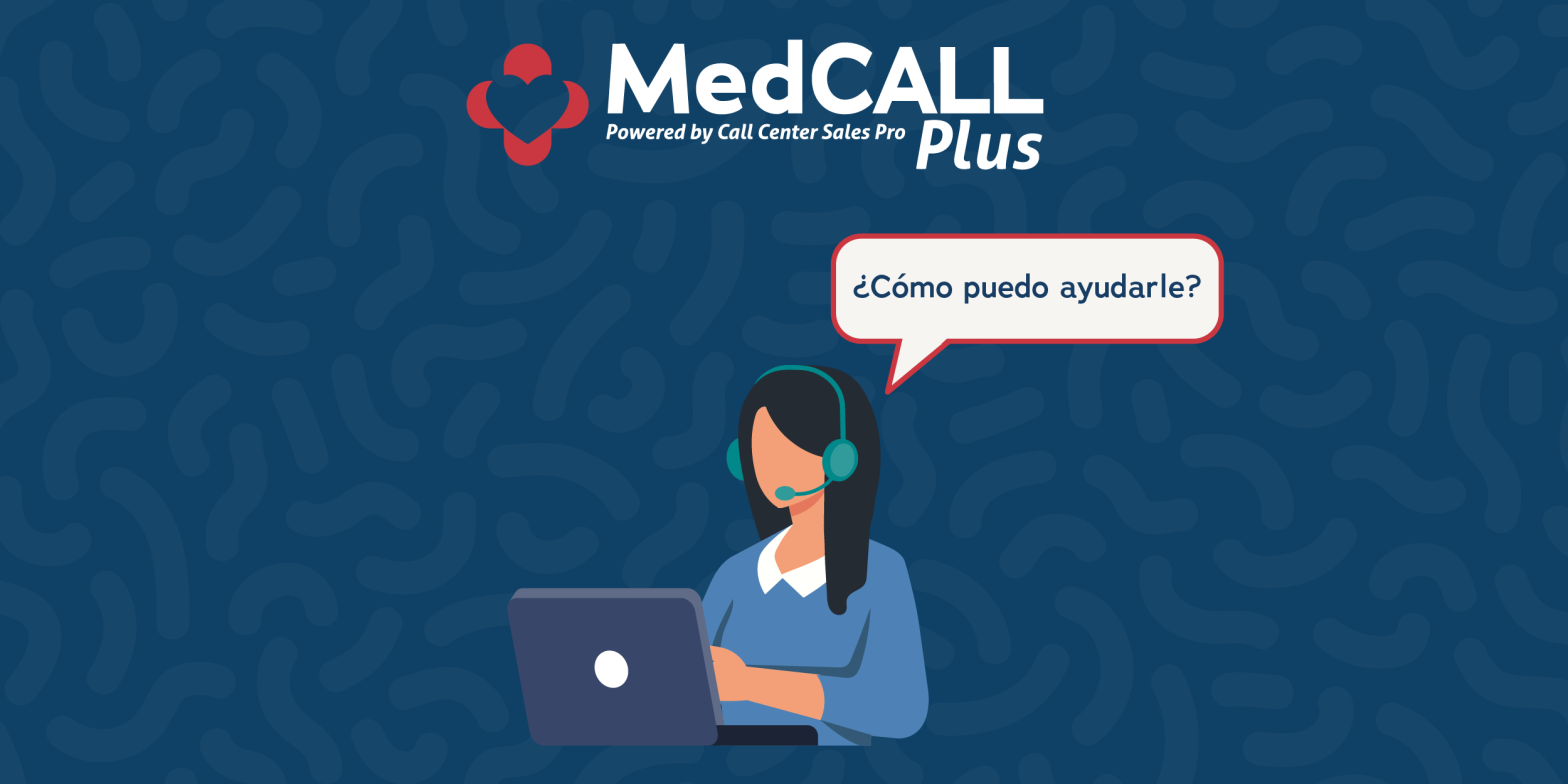Bilingual Medical Administrative Communication
In today’s multicultural and diverse healthcare landscape, the ability to communicate effectively in more than one language has become a necessity. Let’s delve into the concept of bilingual medical administrative communication services. This proficiency breaks down barriers, facilitates accurate and empathetic patient care, and drives efficiency within medical administrative tasks. Stay tuned as we uncover the nuances of this critical intersection between language and healthcare.
The need for bilingual medical administrative communication
-
Growing Spanish-speaking population in the US
In the United States, around 20% of adults speak a language other than English at home. Among this group, nearly half have limited English proficiency (LEP) and report speaking English less than very well. Spanish and Chinese are the most commonly spoken preferred languages for those with LEP, although hundreds of other languages are used throughout the country. We are going to focus on the needs of Spanish-speaking individuals with limited English proficiency, as this is a growing group in the US and has increased by 6% since the year 2000 .
-
Quality of care
Poor-quality communication between patients with Limited English Proficiency (LEP) and clinicians leads to decreased medication adherence and diminished patient satisfaction with care, resulting in less patient-centered care and negative clinical experiences. It is important to bridge the language barrier in healthcare to avoid clinical errors, provide culturally competent and patient-centered care, and ensure compliance with legal and regulatory mandates. By prioritizing effective communication and language access services, healthcare providers can enhance the overall quality of care and improve health outcomes for patients with LEP.
-
Legal Requirements
Title VI of the US Civil Rights Act prohibits discrimination based on national origin, race, or color. This protection has been extended to include primary language by the US Office for Civil Rights and the Department of Health and Human Services. Healthcare organizations that receive federal funds, which most do through public insurance payments (Medicaid or Medicare), are required to provide services in a language that patients with Limited English Proficiency (LEP) can understand. Because this is a federal law, most practices and hospitals use an interpreter or a call-in translation service for clinical needs, but most do not have a solution for bilingual medical administrative communication.
The Result of Bilingual Medical Administrative Communication
-
Increased appointment scheduling
A reliable medical administrative communication service can increase appointment scheduling efficiency and accuracy while improving the patient experience. Language barriers or unavailability of a patient’s preferred language can result in delays in care. When a limited English proficiency (LEP) patient calls and can speak directly to a Spanish-speaking person for medication inquiries, appointment scheduling, or nurse triage, the call is faster and more pleasant.
-
Greater patient satisfaction with care
A bilingual medical communication service can help promote greater patient satisfaction with care. This type of service allows for clear communication between the provider and the patient, which leads to better understanding and improved health outcomes. Studies have shown that patients who receive services in their own language report higher levels of satisfaction with their overall healthcare experience. Additionally, providing access to language services helps reduce language barriers and ensures that patients can better comprehend their care and make informed decisions.
-
Improved medication adherence
Additionally, a bilingual medical administrative service can help to improve medication adherence among patients with Limited English Proficiency. Studies have found that linguistic barriers are associated with decreased medication adherence and a higher risk of hospitalization or emergency department visits due to inadequate understanding of instructions on medications. By providing bilingual follow-up calls, healthcare organizations can ensure that their patients receive the best care possible.
The Path to Bilingual Medical Administrative Communication
-
Research your area’s need for bilingual medical administrative communication services
The first step in providing bilingual medical administrative communication services is to determine the need for such services in your area. This can be done by obtaining demographic data from your local government, surveying healthcare providers and patients, or conducting focus groups with members of the community. Understanding the language needs of the population you serve will allow you to tailor your service offerings better and provide a better patient experience.
-
Hire and staff accordingly
Once you have identified the language needs of your community, the next step is to hire and staff appropriately. Hire individuals with experience in medical terminology or those who are certified medical interpreters. It’s fairly easy to find qualified bilingual staff if you live in a metropolitan area. However, in suburban or rural areas, you cannot likely get bilingual medical administrative staff on every shift, if any. Looking into other options may be the solution.
In order to ensure that all calls from patients with limited English proficiency are answered promptly and accurately, it is important to implement a medical answering service. This type of service provides an experienced staff of bilingual professionals trained in medical terminology and available 24 hours a day, 7 days a week. Access to this resource will help improve the quality of care and increase patient satisfaction.


Woah! I’m really enjoying the template/theme of this blog.
It’s simple, yet effective. A lot of times it’s very hard to get that “perfect balance” between user friendliness and
visual appeal. I must say that you’ve done a excellent job with this.
In addition, the blog loads very quick for me on Opera.
Outstanding Blog!